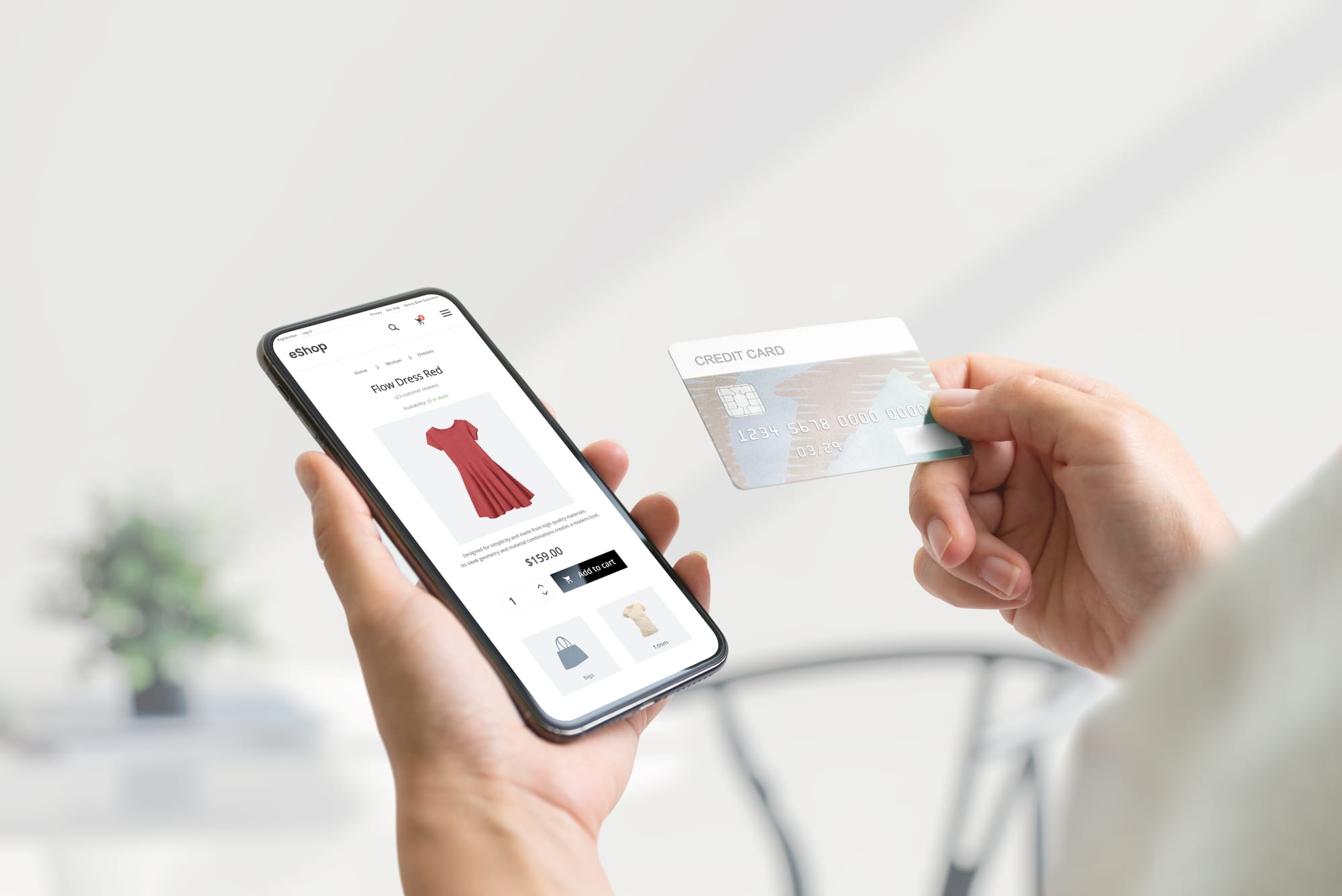3 Mobile Commerce Marketing Mistakes That Cost You and How to Fix Them
Are mobile commerce mistakes costing your business? Many marketers overlook key elements like speed, mobile optimization, and user interface, which drives customers away. Discover how to enhance your mobile strategy and boost sales. Read more!

Could you spend a few days without your mobile phone? For most people, the answer is no. In fact, 55% of Americans report that they have never gone more than 24 hours without their cell phone. With phones always at our fingertips, it’s no surprise that mobile commerce has become just as important as traditional e-commerce, if not more.
However, many e-commerce brands still overlook the importance of mobile shopping. Speed, accessibility, and user experience (UX) are critical factors that can make or break your success with mobile sales. Let’s explore the three most common mobile commerce mistakes that could be costing you —and how to fix them.
What Is the State of Mobile Commerce?
Just so we're on the same page, mobile commerce, also known as mobile e-commerce or m-commerce, is the process of completing a transaction online via a mobile device.In the US alone, it's expected to hit $710.4 billion by 2025.This means more shoppers will be making e-commerce purchases on a mobile device than ever before.
In the United States, 76% of people have made online purchases using mobile phones. In line with this trend, the Amazon shopping app was the most downloaded marketplace app in the U.S. in 2022.
These new habits have created new and specific needs. Mobile customers enjoy personalized recommendations and features like virtual try-ons and augmented reality, which let them see how products look in real life. Additionally, voice features make it even easier to search and shop using voice commands, making mobile shopping more convenient.
1 - Slow Mobile Speed
You might think that load time, which is how long it takes for a page to fully appear on the screen, isn't very important. But in e-commerce, every second counts. If your website takes too long to load on a mobile device, you'll lose customers before they even see your products. According to a Google report, if a page takes 10 seconds to load on mobile, the bounce rate increases by 123% compared to a one-second load time. Yet, a 2023 report also found that mobile pages load 70.9% slower than desktop pages, meaning many businesses still don't focus on improving mobile speed.
To make your website load faster on mobile devices, start by optimizing your images and videos. This means compressing large files and using modern formats like WebP, which load quicker. You should also use browser caching, which lets returning visitors load your site faster by storing some files on their devices. Reducing the number of redirects will also help improve load times. A great tool to help you with this is Google PageSpeed Insights. It can analyze your site, point out specific speed issues, and offer suggestions on how to fix them.
2- Lack of Mobile-Optimized Features
Many marketers entering the mobile commerce space mistakenly believe that mobile and desktop users have the same needs and behaviors, while they interact differently. Simply replicating your desktop site for mobile devices doesn't provide the best experience. Mobile users need features that are tailored to the way they use their devices, such as touch-friendly navigation, simplified checkout processes, and intuitive search functionalities. In fact, 57% of users won't recommend a business with a poorly designed mobile site, and 50% will stop visiting a site if it's not mobile-friendly.
To succeed in mobile commerce, it's important to focus on creating a great user experience. Start by ensuring your site is easy to navigate with large buttons and clear menus designed for touchscreens. Simplifying the checkout process can also make a big difference, so try to reduce the number of steps and offer mobile payment methods like Apple Pay, Google Wallet, or another mobile wallet. You can also consider adding location-based services that will help users find nearby stores.
3 - A Poor User Interface
A poor user interface (UI) can be a major roadblock to mobile commerce success. Complex filters with too many options or unclear labels can overwhelm users, while menus that are hard to find or navigate can make it difficult to browse products on mobile. These issues create friction in the shopping experience, driving customers away. In fact, 61% of users will leave a site if it is difficult to navigate.
Implementing Conversational UI can greatly improve the mobile experience and fix a poor user interface. An AI assistant can chat with shoppers to help them find the right product, making navigation feel natural and easy instead of forcing users to click through complex menus and filters. With voice-activated features, users can search and shop just by speaking, which simplifies the shopping journey for mobile. No need for them to type long questions on a small screen.
Transform Your Mobile Commerce With Conversational UI
Salsita has extensive experience in building Conversational User Interfaces for e-commerce. We developed the first and only Conversational Configurator, featuring an AI design assistant that enhances product customization, particularly on mobile devices. This isn't just another chatbot; our AI design assistant understands and engages in natural human language, makes real-time changes, and serves as a simple source of truth with extensive knowledge about the product, configurator, and company.

